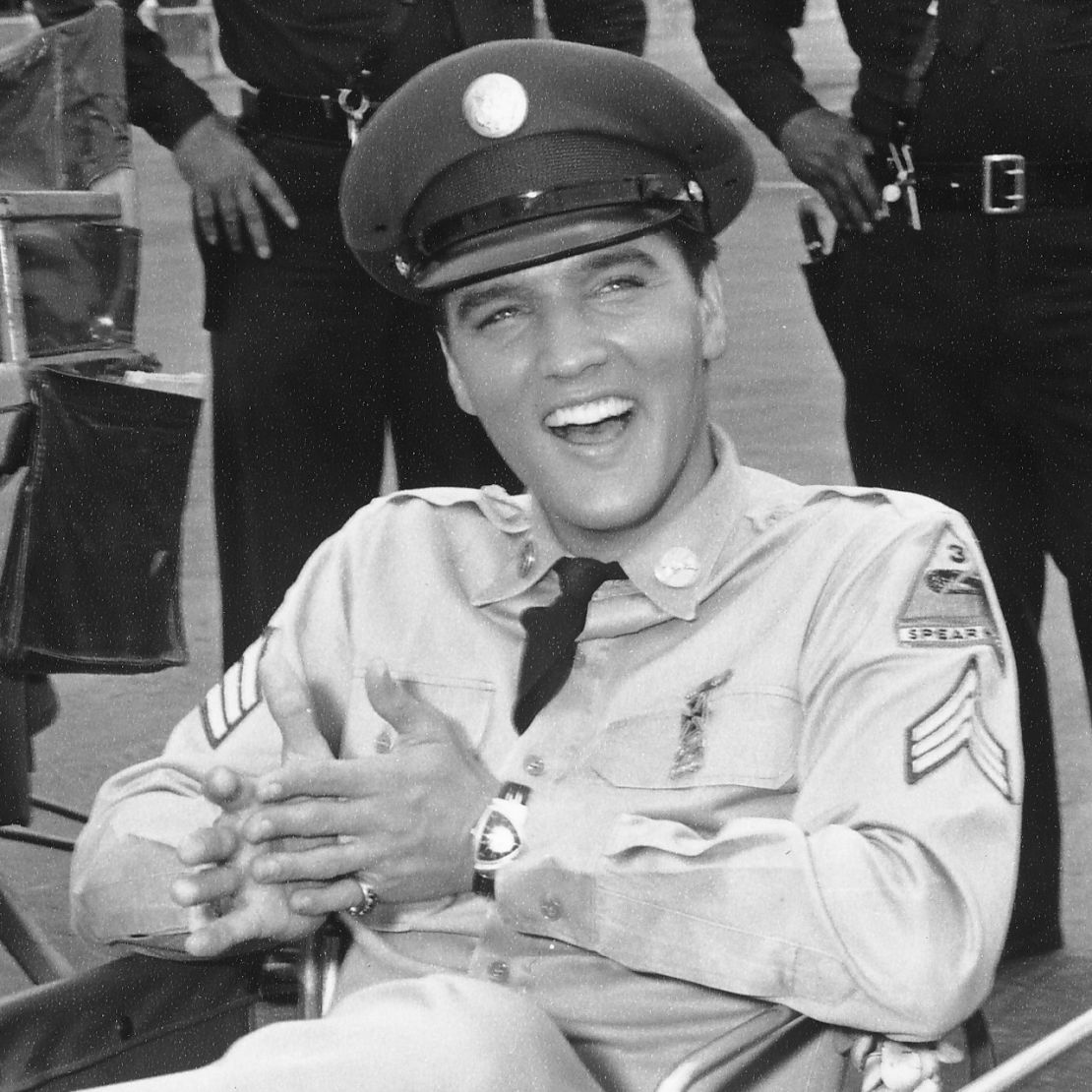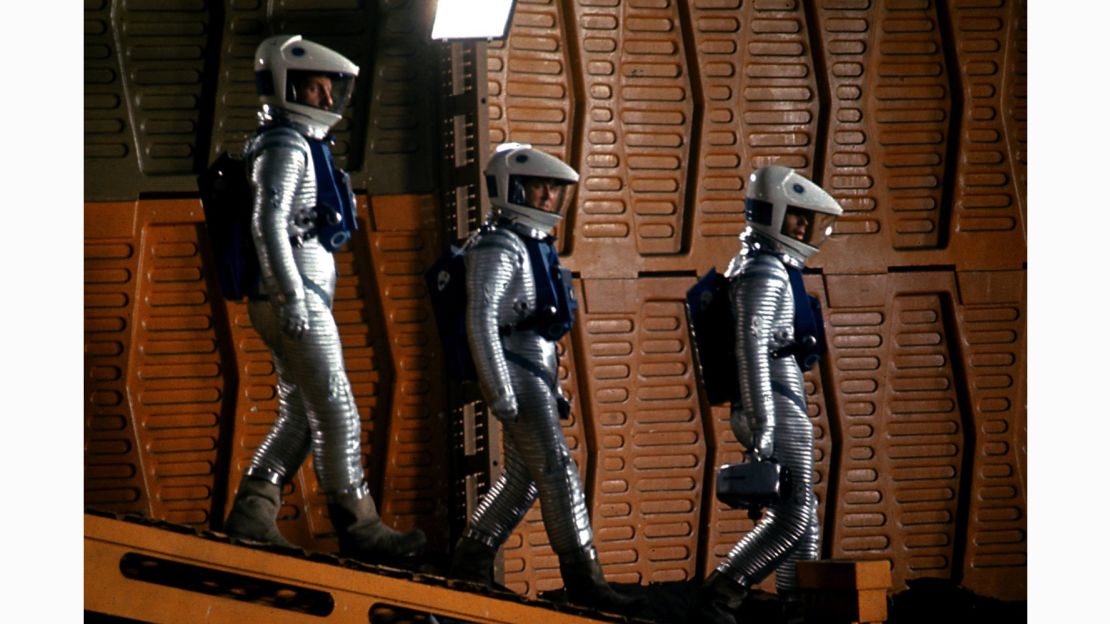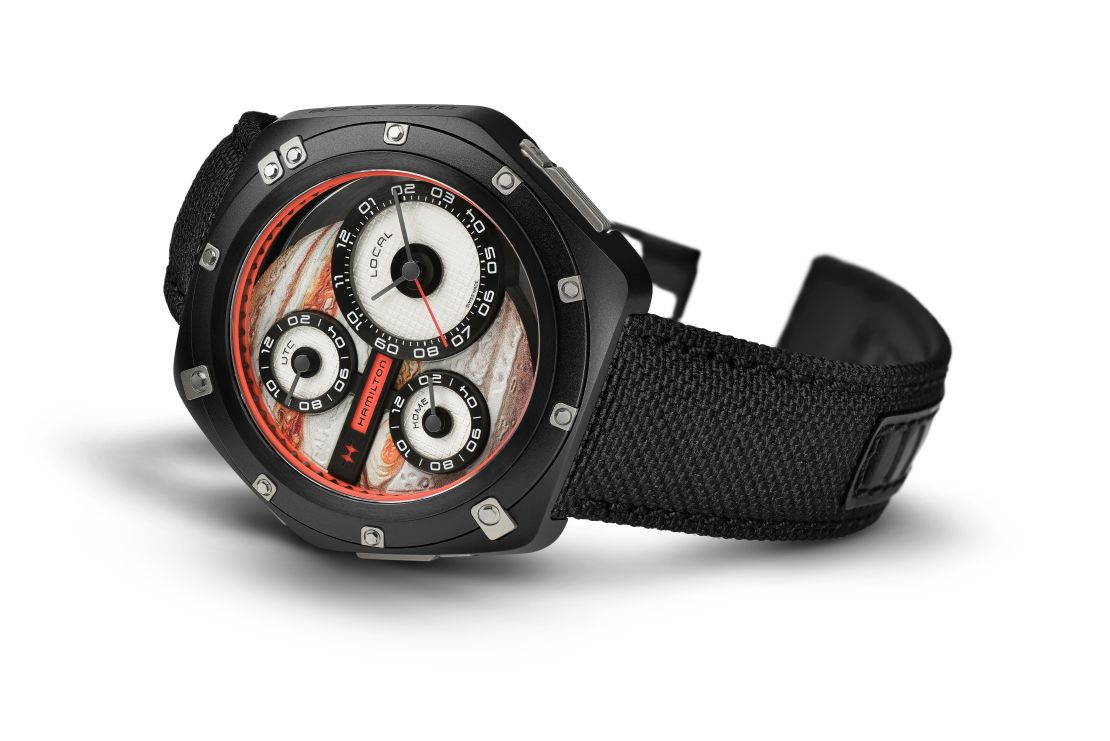Editor’s Note: This is part of a series dedicated to Baselworld 2017.
Long before product placement became commonplace, cars, watches, pens, cameras, soft drinks and other identifiable items were chosen as props per their suitability for the role.
Think of James Stewart’s Exakta VX camera with extra-long lens in “Rear Window” – ideal for a professional photographer, especially one spying on a neighbor from a great distance – or the banks of open-reel tape decks used by Gene Hackman in “The Conversation.”
Nowadays, the closing credits after a film are required to state that product placement was practiced. Blunders, alas, occur, and websites are devoted to anachronisms on screen. For every fastidious prop master, such as the one who ensured the veracity of “Mad Men,” there are others who failed to realize that quartz watches didn’t exist in 1941.
Occasionally, products are solicited by filmmakers rather than campaigned for or hawked by the brands, who pay huge sums to inflict their often-inappropriate wares on the viewer, thus destroying (for geeks like me) any suspension of disbelief. Watches are among the worst culprits.
The go-to brand for filmmakers
For over 60 years, Hamilton has been the go-to brand for filmmakers in need of suitable wristwatches, especially “tool” watches used for specific occupations.
Hamilton’s first acknowledged on-screen appearance was in 1951’s Oscar-nominated “The Frogmen.” Ten years later, Elvis Presley insisted on wearing his own Hamilton Ventura in “Blue Hawaii,” endowing it with horological immortality. The watch is now the basis of an entire collection within the Hamilton catalog and it is, indeed, referred to by the singer’s name.

Most recently, the company created a unique timepiece for 2014’s “Interstellar” to convey the vagaries of time travel crucial to the storyline. But collectors have been most fascinated by the models Hamilton devised just shy of a half-century ago for Stanley Kubrick’s epic “2001: A Space Odyssey.”
Watching the film now, the only dated elements are those relating to the technology in the film. (The special effects still dazzle.) Kubrick hadn’t foreseen the flat-screen TVs, tablets and other electronic devices that you can now buy on any high street – or online, another concept then unknown.

Regardless, Hamilton rose to the occasion and delivered watches to Kubrick unlike any seen before. While they seemed straight out of “The Jetsons,” they housed mechanical functions and bore analog dials. Like the communicators on “Star Trek,” they now seem almost naïve in their futurism.
An homage to a masterpiece
For 2017, Hamilton has readied the ODC X-03, an homage to Kubrick’s masterpiece. Its predecessors, the X-01 and X-02, appeared as limited editions in 2006 and 2009. Like the X-02 it features three different movements, one automatic and two quartz, housed in an impossible-to-ignore hexagonal titanium case with “space black” PVD (physical vapor deposition) coating.

Reinforcing the space theme, the three sub-dials seem to orbit the dial’s background, a 3D-printed, laser-engraved, photo-realistic map of Jupiter. The crowns are cleverly integrated into the case, and the back is engraved with trainspotter-ish facts about the gas giant.
The ODC X-3 is fitted with a textile strap with leather lining, reminiscent of the pioneering Velcro-straps of the Omega Speedmaster Professional Chronographs issued to NASA astronauts in the 1960s.
Delivered with packaging as collectible as the watch itself, the ODC X-03 will appear as a limited edition of 999 pieces. I almost forgot: the gaffe of placing a quartz watch in a movie taking place 30 years before the technology emerged? It was in the film “Pearl Harbor.” And the watch was a Hamilton.
















